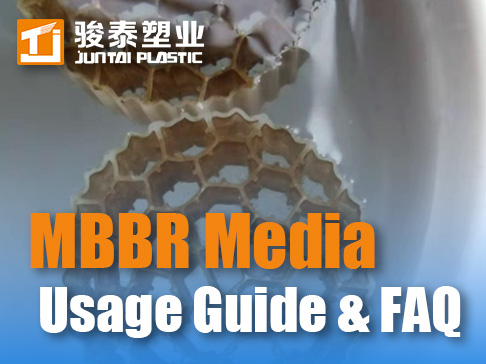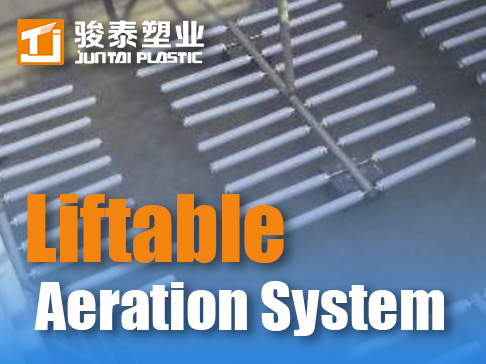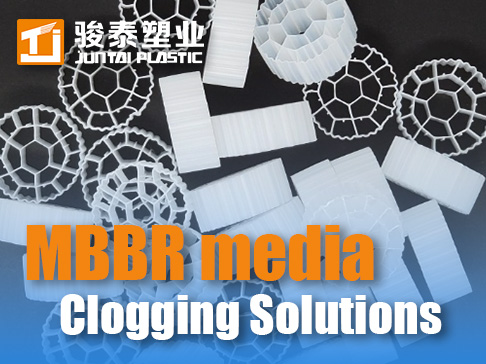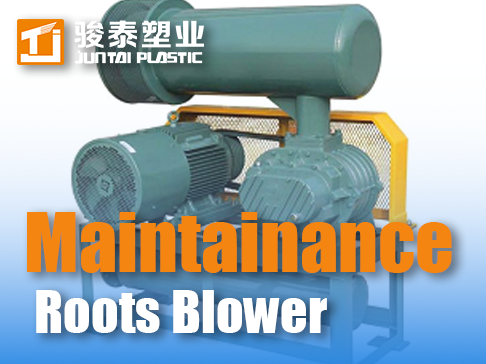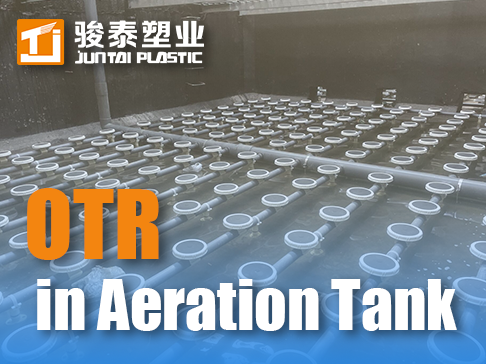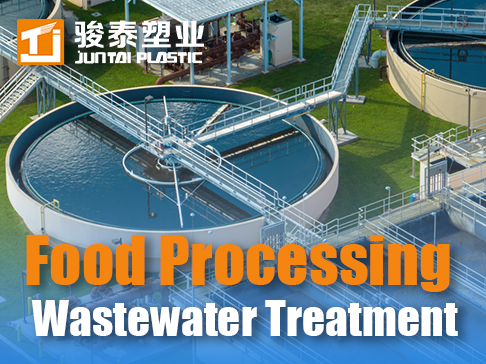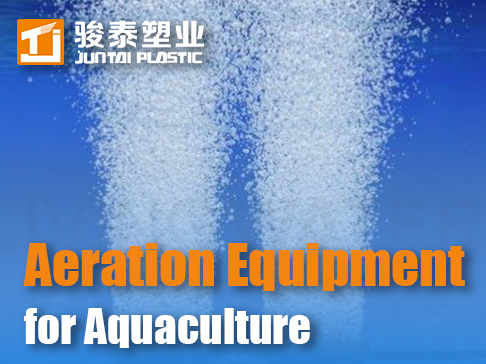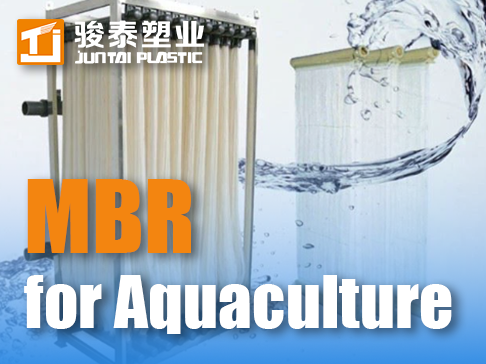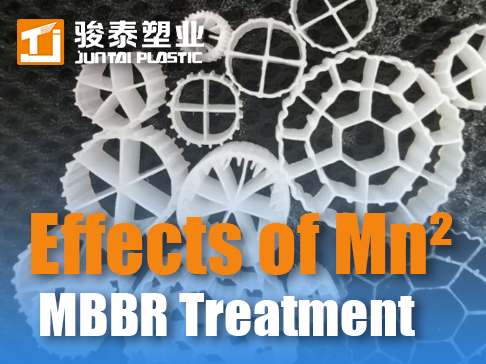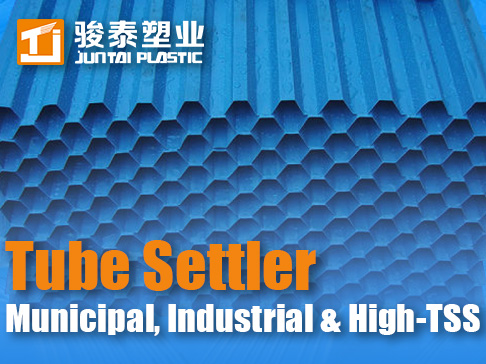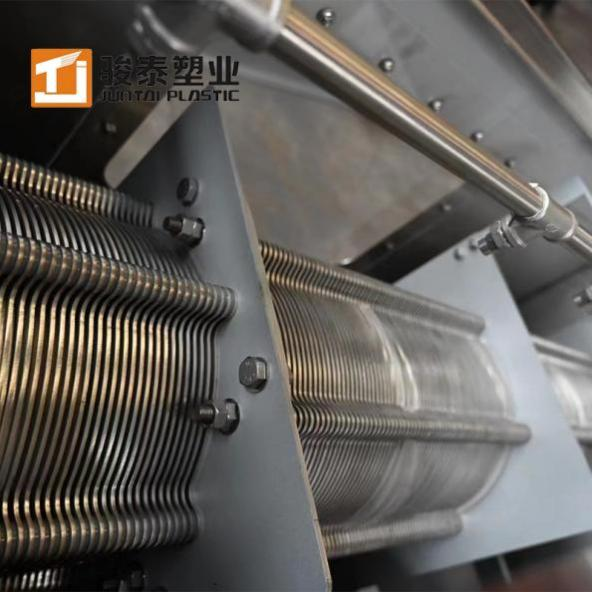 +86 13600513715
+86 13600513715 How Sludge Dewatering Screw Press Machines Work: Efficiency Meets Simplicity
Core Components & Operating Principle
A sludge Dewatering Screw press employs continuous mechanical pressure to separate liquids from solids. Key structural elements include:
-
Screw Shaft: Hardened stainless steel (HRC 58-62) with 5° tapered pitch
-
Screening Drum: Laser-cut 316L slots (0.25-1.5mm adjustable)
-
Back Pressure Plate: Hydraulic-controlled (0-15 bar adjustable)
-
Drive System: 3-phase 5.5kW motor with 87% IE4 efficiency
5-Stage Dewatering Process
-
Sludge Feeding
-
Polymer-conditioned sludge (0.5-1.5% DS) enters via progressive cavity pump
-
Initial gravity drainage removes 15-20% free water
-
-
Compression Zone
-
Screw rotation speed: 2-8 rpm (VFD controlled)
-
Increasing pitch creates axial pressure up to 12 bar
-
-
Shear Filtration
-
Solids travel through narrowing screen gaps
-
90-95% solids capture rate achieved
-
-
Cake Discharge
-
18-35% DS cake expelled through adjustable cone
-
Automatic blade trims cake thickness
-
-
Self-Cleaning
-
Reverse flushing nozzles (10 bar) prevent screen blinding
-
<5 mins/day manual intervention
-
Technical Advantages vs Alternatives
| Parameter | Screw Press | Centrifuge | Belt Press |
|---|---|---|---|
| Energy Use | 0.8-1.2 kWh/ton | 3-5 kWh/ton | 2-3 kWh/ton |
| Noise Level | 65 dB | 85 dB | 75 dB |
| Footprint | 4m² | 8m² | 6m² |
| Polymer Cost | $0.15/ton | $0.30/ton | $0.25/ton |
Typical Applications
-
Municipal WWTPs handling 50-120 m³/day sludge
-
Food processing plants with high-fat sludge (>8% lipid content)
-
PetroChemical Sludge containing 5-15% hydrocarbons
Why Operators Choose Screw Press Tech
✅ 24/7 operation with ≤1% downtime
✅ 40% lower OPEX vs thermal dryers
✅ Handles 3-12% feed solids without pre-thickening




